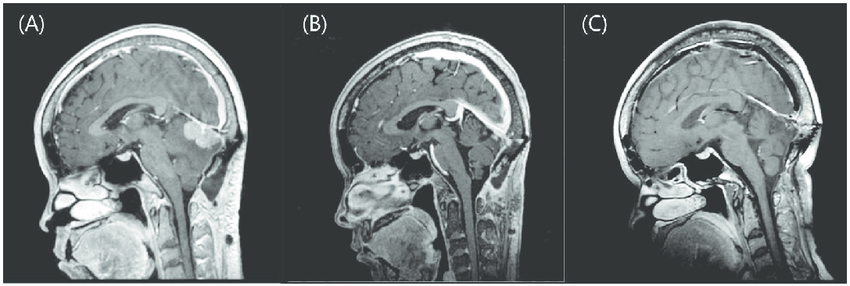December 15, 2020
Head for the Cure-funded study shows encouraging results against recurrent gliomas

A major clinical trial, with seed funding from the Head for the CureFoundation and led by a team of scientists and clinicians at Henry Ford Health System, reached an important milestone last week, publishing their findings that support the use of a promising new radiosurgery technique.

The team, lead by Dr. Tobias Walbert of Henry Ford Health System Department of Neurosurgery, sought to demonstrate effectiveness of a radiation therapy technique known as fractionated stereotactic radiosurgery in patients with recurrent high-grade gliomas (including recurrent glioblastoma).
Some of biggest improvements in brain tumor survival in recent years can be traced to improvements in surgical technique. The best case scenario for longer-term survival with a brain tumor tends to be when the patient has a very successful removal or destruction of the primary brain tumor.
Yet even patients who have initial success in treating their high-grade brain tumors will often see a recurrence somewhere down the line. When this happens, the chances of avoiding further tumor progression can be very slim.
Patients with recurrences typically receive chemotherapy with the drug bevicizumab (BEV, brand name Avastin). Despite BEV, tumor growth tends to return, and, when this happens, recurrent brain tumors are more difficult to treat with surgery or radiation, compared with original tumors.
Dr. Walbert and team’s technique delivers high-dose radiation to the site of the recurring tumor in several doses on different days. 3D computer imaging helps to focus the radiation beams and localize treatment to the tumor site, and delivering the radiation in multiple doses is intended to minimize side effects to healthy brain tissue. When combined with a chemotherapy treatment, Dr. Walbert and team found that their use of radio surgery noticeably extended the average time without tumor progression.
Dr. Walbert’s findings are a great example of how progress in the fight against brain tumors proceeds. By itself it makes a difference even though it’s not a cure. Combined with other techniques, patients get more time with their families, more opportunities to focus on what’s important to them, and the chance to keep fighting. And with continued research, step by step we build the toolkit for fighting brain tumors.
Funding trials like this one is a vital mission. Launching and operating a new clinical trial involves considerable costs. There are costs related to staff time, lab time, equipment, drugs, analysis, recruiting patients, and more. And not every piece of research that could prove beneficial always fits what major funders of research want to back.
For instance, pharmaceutical companies or medical device manufacturers often provide support to trials, especially when they’re seeking FDA approval for a new drug or a new label for an existing drug. Governments also support clinical trials: the National Institutes of Health are the biggest sponsor of medical research in the United States and they support efforts of all kinds. However, many potential research studies that investigators are interested in can’t get off the ground for lack of funding.
Trials for surgical techniques often fall into this category, because they aren’t part of what the government considers basic science and they aren’t related to the approval of a drug. Yet they make a huge difference for the people who get months or years of their lives back because of a better surgical outcome, in a primary brain tumor or in a recurrence.
That’s why the Head for the Cure Foundation supports efforts like this study, and why it supports communications efforts like this website. People with brain tumors deserve a fighting chance, and we’re proud to partner with, support, and boost the work of anyone who is giving them that chance.